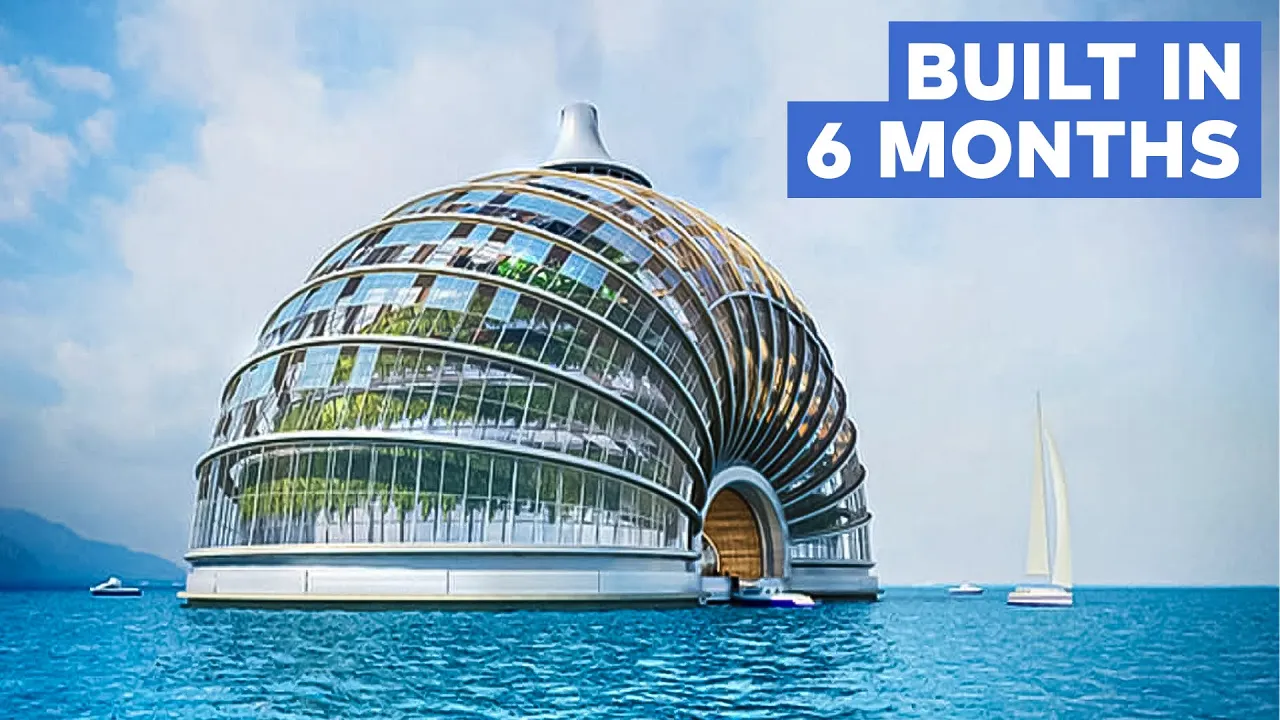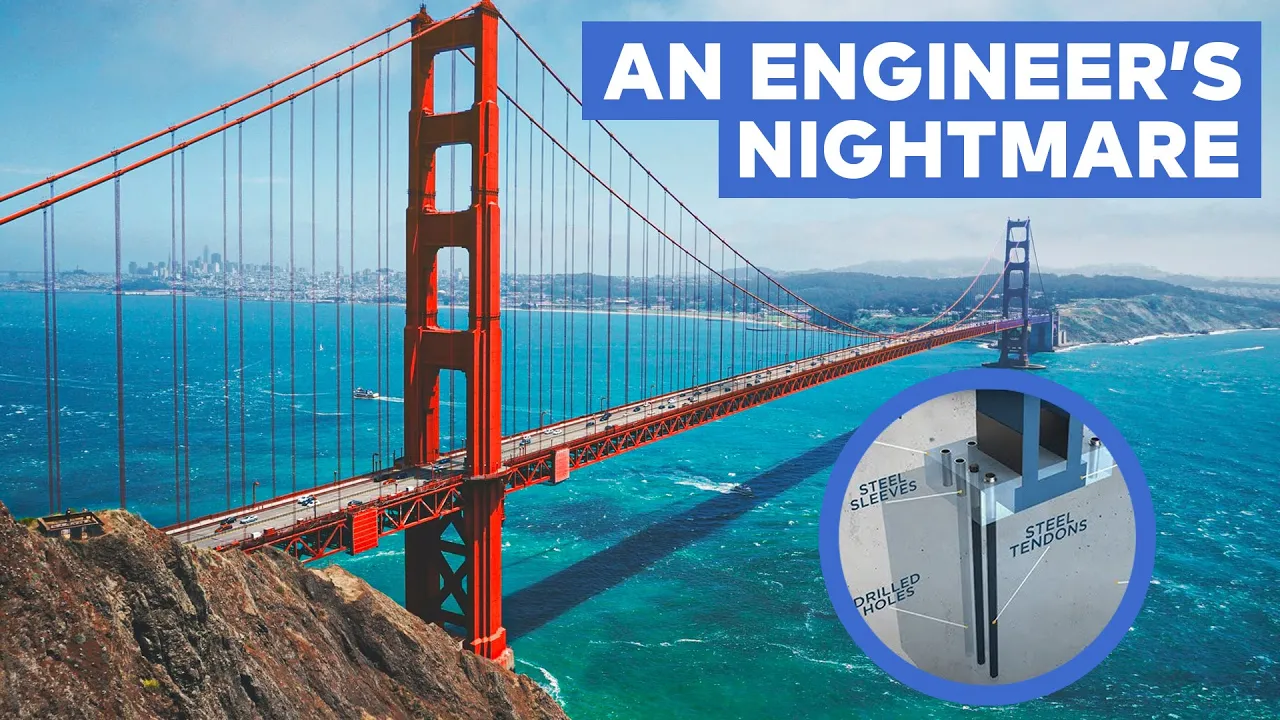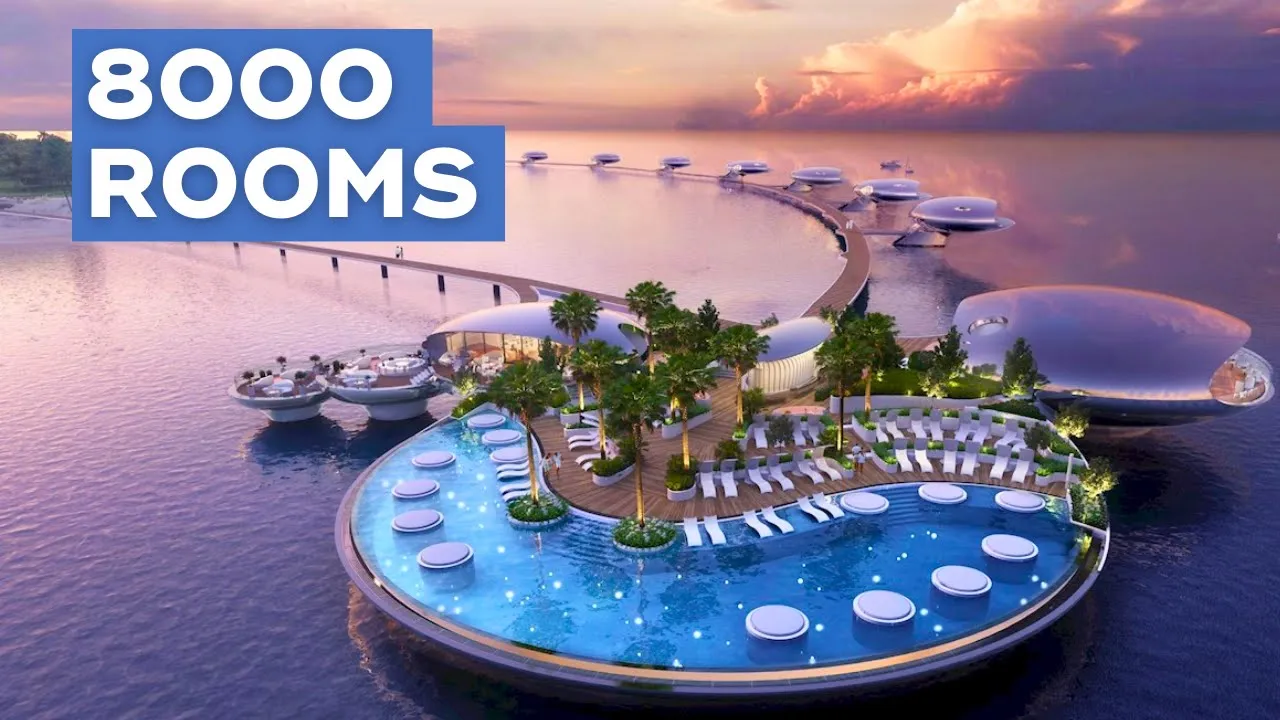When it comes to the world’s best tourist destinations, the most coveted locations are those that combine luxury, safety, accessibility, and beautiful coastal settings with warm, year-round weather. Add sustainability into the mix, and you have the blueprint for the future of tourism: ecotourism. While such prime locations might seem plentiful, the reality is that only a few nations can afford to build the world-class, sustainable mega resorts that meet these criteria.
Saudi Arabia is one of those few. With its vast wealth, stability, and ambition, the Kingdom is embarking on a series of giga-projects that aim to redefine luxury tourism. Among these is the Red Sea Project, a colossal 28,000-square-kilometer development along Saudi Arabia’s western coast that promises to surpass even the Maldives and Bora Bora in terms of luxury and sustainability. Let’s take a closer look at this groundbreaking project.
Sustainability and Environment Are Key
Saudi Arabia’s approach to mega projects is simple: make them “Unique, Vast, Luxurious, and Green.” This philosophy is particularly important when it comes to tourism, an industry that, despite its economic benefits, often has a detrimental impact on the environment. The number of international tourists doubled over the past two decades, reaching nearly 1 billion in 2022, which has put immense pressure on oceanic ecosystems, forcing some popular destinations to close their beaches to prevent further damage.
For Saudi Arabia’s Red Sea Global, the developer behind the Red Sea Project, the challenge was twofold: to create an economic engine that would transform the Kingdom’s tourism sector, and to ensure that the development is based on the principles of regenerative tourism. This means that the project not only has to be environmentally sustainable, but it must also positively contribute to the local ecosystem and communities.
The project is located in an area renowned for its pristine coral reefs and diverse marine life. To protect and enhance this natural treasure, the Red Sea Project is being developed with a holistic approach that integrates modern luxury with environmental stewardship. The project will cover 90 untouched islands, with only 22 being developed to ensure minimal environmental disruption. These islands will host 50 hotels, 8,000 guest rooms, 1,000 residential villas and mansions, and a state-of-the-art international airport.
Remarkably, much of this mega project is already complete. By early 2024, the Red Sea Project will be ready to welcome 300,000 guests, with 16 hotels featuring 3,000 rooms spread across five islands and two inland sites. By 2030, the project is expected to draw more than 1 million visitors annually, cementing Saudi Arabia’s position as a leader in sustainable luxury tourism.
Why Build It?
The question arises: why build the Red Sea Project when the $1 trillion Neom City, with its own luxury resorts like Trojena and Sindalah, is being developed just a few hundred miles away on the same coast? The answer lies in Saudi Arabia’s Vision 2030, which aims to diversify the economy and reduce reliance on oil revenues. By investing in multiple, world-class tourism destinations, Saudi Arabia is positioning itself as a global leader in the hospitality sector, while setting new standards in sustainable development.
The Kingdom’s confidence is evident not just in the scale of these projects, but also in their predicted success. The Red Sea Project alone is expected to attract more than 1 million tourists annually, with a cap set to ensure long-term sustainability. The development is part of a broader $7 trillion megaprojects plan that includes transforming the country into a green, sustainable powerhouse.
Project Details
Spanning over 28,000 square kilometers, the Red Sea mega resort is a paradise in the making, offering a unique blend of natural beauty and modern luxury. The area includes 90 islands, with 22 set for development. These islands boast pristine beaches, dormant volcanoes, desert dunes, mountain canyons, and rich cultural heritage sites.
The project is designed to be environmentally sustainable from the ground up. More than 50 million mangrove trees are being planted to enhance the landscape and support local wildlife. These trees are known for their ability to absorb CO2, produce oxygen, and cool the surrounding area, making them a key component of the project’s environmental strategy.
Guests at the Red Sea Project will enjoy a wide range of activities, from marine life diving and coral ranching to kayaking, yachting, and volcano tours. The resort will also feature world-class dining, with Michelin-starred chefs offering gourmet experiences ranging from fireside dinners to remote island picnics.
The project’s location is ideal, with a central position that allows easy access to Europe, Asia, and Africa. More than half of the world’s population can reach the resort within an 8-hour flight. To accommodate this, a state-of-the-art international airport has been built, featuring a unique design that complements the surrounding desert beauty.
Transportation within the resort will be entirely sustainable, with electric vehicles, passenger helicopters, and seaplanes available for guests. The project will be powered entirely by renewable energy, with blue power generation technologies, wind turbines, and solar panels feeding into what will be the world’s largest facility of truck-sized batteries.
Some of the world’s most prestigious hotel brands, including Ritz-Carlton, Rosewood, St. Regis, and Six Senses, are involved in the project, ensuring that the Red Sea Project will attract celebrities, billionaires, and royals alike.
Conclusion
Saudi Arabia’s Red Sea Project is more than just a luxury resort; it’s a bold statement of the Kingdom’s commitment to sustainable development and economic diversification. By combining cutting-edge environmental technologies with world-class hospitality, the project is set to become a benchmark for future tourism developments worldwide.
What do you think of Saudi Arabia’s approach to building a Maldives-style mega resort? Will it set a new standard for sustainable luxury tourism? Let us know in the comments, and don’t forget to like, share, and subscribe for more updates on the world’s most exciting megaprojects.



